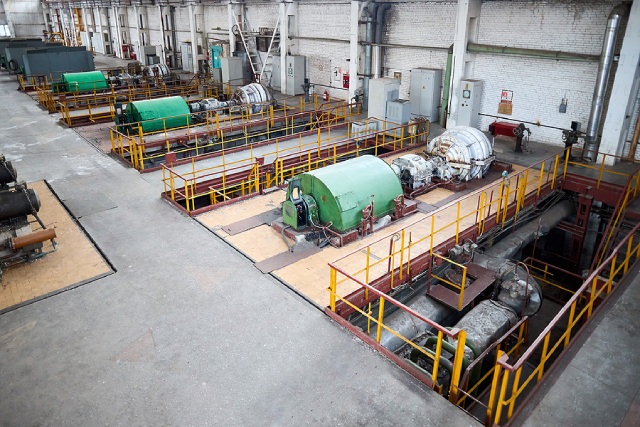What To Know About The 2 Most Commonly Used Compressors

Compressors are devices that use power and converts it into potential energy. It takes in the air from its surroundings and increases the air pressure before transferring the pressurised air into a separate tank. This pressurised air is then used to power various machines and tools in Singapore and worldwide. There are two commonly used air compressors: a reciprocating piston compressor and a rotary screw compressor.
Read on to learn more about the differences between the two compressors and the pros and cons of using each of them.
Reciprocating piston compressors
A reciprocating piston compressor is the most common air compressor used in various industries, with the lowest purchase price on the market. They have a low flow rate of highly pressurised air, making them suitable for powering smaller tools commonly found in households.
However, a reciprocating piston compressor has its disadvantages. Being the largest and heaviest compressor, it is extremely bulky and can take up a good amount of space in your facility. If you are facing space constraints, it is not recommended that you pick a reciprocating piston compressor to power the machines and tools in your facility.
Due to the air's low flow rate and high pressure in reciprocating piston compressors, more care is needed to ensure that the pressurised air is at the correct temperature before transferring it to a piece of different equipment.
Rotary screw compressors
A rotary screw compressor is mainly found in stationary applications, although used in some mobile applications. This type of compressor is perfect for continuous operation without interruption and has lower compressed air production. It also has a long service life of 35,000 and 40,000 hours before a major repair is required.
A rotary screw compressor has a low noise level compared to a reciprocating compressor, which makes it ideal for many industries with engine pumps in Singapore that may already produce high pump noise levels. It is also relatively smaller in dimensions than other different types of compressors and does not take up as much space.
However, like the reciprocating compressor, a rotary screw compressor also has its disadvantages. The rotors in this kind of compressor barely touch one another in the mechanism. The male rotor has convex lobes, and the female rotor has concave cavities. Together, they can compress the air without touching one another. This results in a more costly operation because the technicality needed to produce these compressors is much higher than a reciprocating piston compressor.
Another downside is that a rotary screw compressor requires skilled maintenance when it needs to be repaired. This means that only highly experienced professionals can carry out the maintenance of the compressor, which can be costly in the long run.
Conclusion
In summary, although a reciprocating piston compressor and a rotary screw compressor are the main types of commonly used compressors in Singapore, they each have their own set of specifications and applications. When it comes to choosing which compressor to use, it all boils down to the preference and the specific needs to get the job done.

